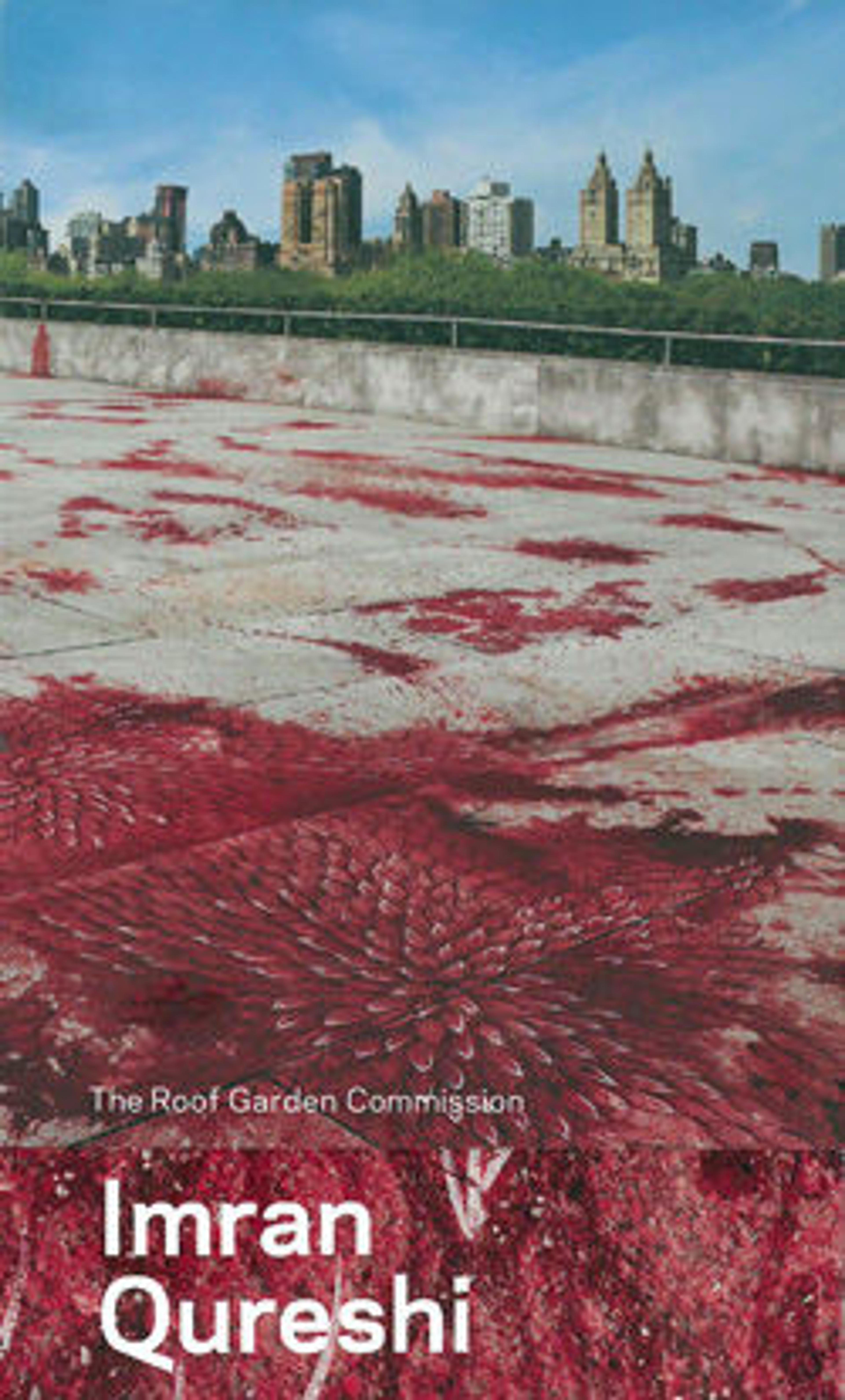Portrait of the Elephant 'Alam Guman
Persian inscription (in nasta'liq script in gold cartouche, possibly in Shah Jahan’s hand): "Likeness of 'Alam Guman Gajraj [the arrogant one of the earth, king of elephants] whose value is one lakh [a hundred thousand rupees]" Along with seventeen other elephants from Mewar, this famous tusker was presented to the Mughal emperor Jahangir during the New Year celebrations of March 21, 1614. In his memoirs, Jahangir states: "on the second day of the New Year, knowing it propitious for a ride, I mounted ['Alam Guman] and scattered about much money." Elephants were among the prized possession of the Indian courts, and their portraiture falls into the larger Mughal practice of meticulously recording the treasures of the court.
Artwork Details
- Title: Portrait of the Elephant 'Alam Guman
- Artist: Painting attributed to Bichitr (Indian, active ca. 1610–60)
- Date: ca. 1640
- Geography: Made in India
- Medium: Opaque watercolor and gold on paper
- Dimensions: Whole page a:
H. 18 1/8 in. (46 cm)
W. 12 5/8 in. (32 cm)
Whole page b:
H. 18.1/8 in. (46 cm)
W. 12 5/8 in. (32 cm)
Calligraphy page:
H. 73/4 in. (19.6 cm)
W. 3 1/16 in. (7.6 cm) - Classification: Codices
- Credit Line: Harris Brisbane Dick Fund, 1996
- Object Number: 1996.98a
- Curatorial Department: Islamic Art
More Artwork
Research Resources
The Met provides unparalleled resources for research and welcomes an international community of students and scholars. The Met's Open Access API is where creators and researchers can connect to the The Met collection. Open Access data and public domain images are available for unrestricted commercial and noncommercial use without permission or fee.
To request images under copyright and other restrictions, please use this Image Request form.
Feedback
We continue to research and examine historical and cultural context for objects in The Met collection. If you have comments or questions about this object record, please contact us using the form below. The Museum looks forward to receiving your comments.
